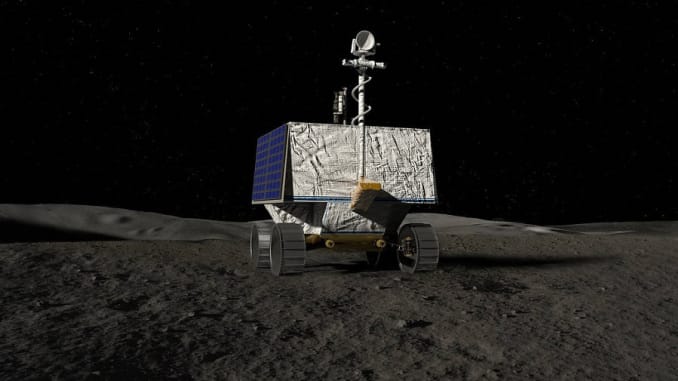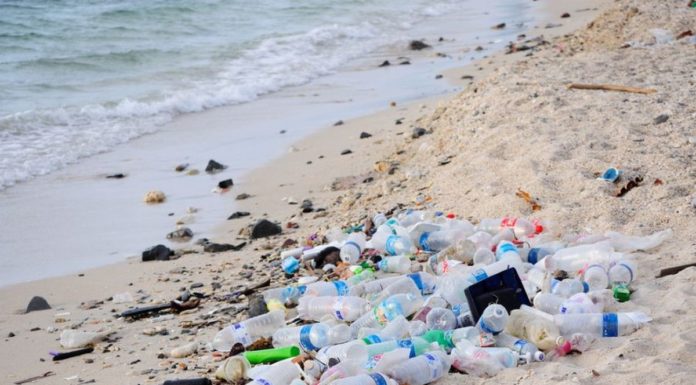VIPER will head to the lunar surface in 2023
Space robotics company Astrobotic will carry a water-hunting rover to the Moon in late 2023, NASA announced today. Which rocket will launch the commercial mission is still being decided, but the golf-cart sized rover will head down to the Moon’s surface using an Astrobotic lunar lander.
NASA’s Volatiles Investigating Polar Exploration Rover, or VIPER, will hunt for water ice at the lunar south pole and try to figure out how much water is lurking in permanently shadowed craters in the region. NASA wants to map out where water is, in the hopes that it could extract water for future missions.
Astrobotic was chosen from a pool of other commercial providers as part of NASA’s Commercial Lunar Payload Services (CLPS) program. CLPS is designed to help NASA send payloads to the Moon in support of the agency’s Artemis program, which aims to put the first woman on the Moon by 2024. This CLPS contract to carry the rover is worth $199.5 million.
Astrobotic hasn’t yet decided which rocket it will use to launch the VIPER mission. However, the company is set to launch another lander to the Moon in 2021, and on that mission Astrobotic plans to fly on United Launch Alliance’s next-generation Vulcan rocket. During the 2021 mission, the company will use a smaller lander, Peregrine, to deliver multiple small payloads to the Moon’s surface for NASA and others.
The VIPER rover will ride down to the lunar surface on Astrobotic’s Griffin lander, a lander that’s six feet tall and nearly 15 feet across. Once it lands, the solar-powered rover will start a 100-day mission. Researchers plan to cover about 12 miles with VIPER, and it’ll use a drill to try to locate and map out water resources on the Moon. Unlike Mars rovers, VIPER can be directly controlled by operators from Earth, allowing them to explore the area in near real time. Since it will be exploring shadowed spaces, VIPER will be the first rover to feature headlights.
NASA is particularly interested in finding water because that resource could be especially valuable for human exploration. Water could be turned into rocket fuel, oxygen, and of course, humans need it to live. But while NASA knows that there is water ice at the Moon’s south pole, researchers still aren’t sure how much is there or whether it’s possible to extract that water and use it.
“The key to living on the Moon is water – the same as here on Earth,” Daniel Andrews, project manager of the VIPER mission said in October 2019. “Since the confirmation of lunar water-ice ten years ago, the question now is if the Moon could really contain the amount of resources we need to live off-world. This rover will help us answer the many questions we have about where the water is, and how much there is for us to use.”













![Hotstar Premium Cookies 2019 [*100% Working & Daily Updated*] Hotstar Premium Cookies 2019 [*100% Working & Daily Updated*]](https://tahav.com/wp-content/uploads/2019/11/Hotstar-Premium-Cookies-Free-100x70.jpg)



